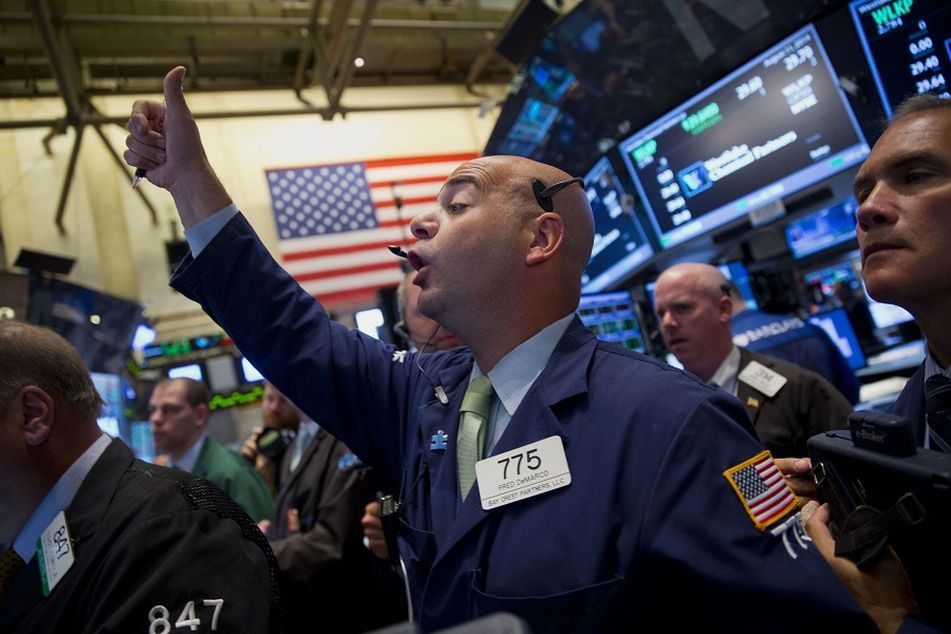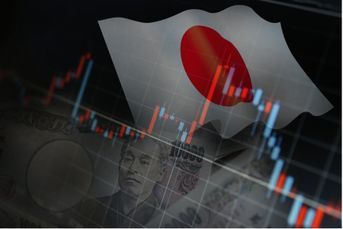Here’s how stocks will react to rising interest rates

For investors worried about how stocks will react to rising interest rates, last week's trading may provide some guidance. To wit: Following the biggest one-week jump in 10-year Treasury yields in more than a year, investors are selling the highest-yielding companies in the S&P 500.
For investors worried about how stocks will react to rising interest rates, last week’s trading may provide some guidance.
Following the biggest one-week jump in 10-year Treasury yields in more than a year, investors are selling the highest-yielding companies in the S&P 500 Index. The top quarter of dividend-yielding stocks in the S&P 500 have lost an average 0.4% since an employment report on Feb. 6 showed the U.S. is adding jobs at a faster rate than estimated. That compares with a gain of 2.6% for stocks with the smallest dividends, and a 1.7% climb in the benchmark gauge.
Stocks including utility companies and real-estate investment trusts have weighed on the benchmark gauge since Treasury yields climbed 32 basis points the week of the report, signaling caution to investors who piled into dividend stocks through the bull market, according to Sam Stovall, chief equity strategist at S&P Capital IQ.
“Investors are getting a preview of coming attractions,” Mr. Stovall said. “The implication when stronger-than-expected news like the payrolls report comes out is that investors may need to accelerate their rate-tightening timetable, and the higher yielding investments take it on the chin.”
Yields on 10-year U.S. Treasuries jumped 14 basis points on Feb. 6, the biggest increase since November 2013, as Labor Department data showed the U.S. added more jobs than forecast in January, capping the biggest three-month gain in 17 years.
Data showing strength in the labor market is spurring speculation the Fed will increase borrowing costs in the first half of the year. Traders as of Feb. 13 saw a 55% chance the Fed will raise rates from virtually zero by September, up from 39% at the end of last month, fed fund futures show. The likelihood of an increase by December was 76%, compared with 61% on Jan. 30.
(More: Pimco Total Return performance is back at the top)
Among the top quartile of S&P 500 stocks with the highest dividend yield, utility stocks are the most highly represented, with 25 companies yielding an average 3.8% dividend. Thirteen are REITs, with an average dividend of 3.5%.
An S&P index of utility shares fell 9% from a record high in January through last week, including a 4.1% drop on the day of the jobs report, while the benchmark gauge is up 3.7% during the same period. That’s the worst performance of the utility stocks relative to the benchmark gauge for any 12-day period since October 2002, according to data compiled by Bloomberg.
‘SENSITIVE’
“The sector’s fortunes have turned on a dime,” according to a note from Bespoke Investment Group to clients on Feb 12. “The fact that the peak of the sector’s relative strength coincided with the trough in Treasury yields just illustrates how sensitive to interest rates the sector is.”
Investors last year added money to an exchange-traded fund tracking utility stocks at the fastest rate since 2011, as the group climbed 24%, more than any sector in the S&P 500. An S&P index of REITs that offers a 3% dividend yield, which advanced 26% last year, has lost 2.9% since the jobs report.
“People need to be careful about an over-reliance on higher-yielding equities to serve as replacement for bonds,” S&P’s Mr. Stovall said. “Those stocks that had been considered an attractive bond alternative are becoming less attractive as income producers.”
While utility stocks have fallen, bank stocks have rallied 4% since the jobs report. Higher interest rates boost profits for banks, as lending income rises with higher net interest margin, the difference between what a firm pays in deposits and charges for loans.
Among all stocks in the benchmark gauge, 193 offer dividend yields higher than the 10-year Treasury, compared with 264 at the end of January, according to data compiled by Bloomberg. That’s a sign to Interactive Brokers’ Andrew Wilkinson that investors will have to reassess what they’re buying as the Fed gets closer to raising rates.
“That measure is going to dramatically decline,” Mr. Wilkinson, chief market analyst at Interactive, said. “Without a shadow of doubt, if the market views the Fed going in June, it’s going to put this issue firmly on the agenda.”
Learn more about reprints and licensing for this article.








